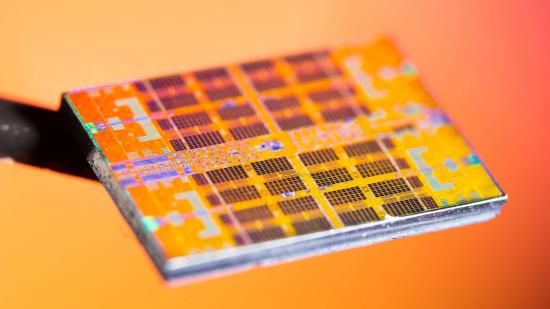AMD’s Ryzen 5000 series CPUs landed in November, but we’ve yet to see what the red team has in store for its next-generation mobile line-up. Tum_Apisak, who previously discovered benchmarks for the upcoming i9-11900K and Ryzen 7 5800X benchmarks, has spotted GeekBench results for the upcoming AMD Ryzen 7 5800H, which appears inside an Acer Nitro 5 gaming laptop.
These 5000H mobile processors, which we expect to see in laptops starting in 2021, are the first mobile processors based on AMD’s Zen 3 architecture. Much like its desktop cousins, the Ryzen 7 5800H looks to be following in their footsteps quite nicely, throwing up some impressive scores. Of course, benchmarks have nothing on real-world performance, but the improvements we saw from the same architecture in the desktop line-up seems hopeful for the upcoming mobile counterparts at the very least.
This Ryzen 7 5800H has an eight-core, 16-thread design which is the same as we’ve seen in the previous generation AMD mobile processors. Comparing it to a recent benchmark of the previous generation Ryzen 7 4800H inside a similar Acer Nitro laptop, when it comes to the single-core and multi-core performance, we see a 30% improvement and 64% improvement respectively. It’s running at a higher base clock of 3.2GHz over the 4800H’s 2.9GHz, and boosts up to 4.44GHz compared to 4.29GHz.
Even comparing it to some of the best gaming CPUs for desktops, this chip puts up a fight, with single-core scores similar to i9-10900K benchmarks, and multi-core scores rivalling the i7-10700K. Bare in mind, this isn’t even the top of the range Zen 3 mobile processor – there’s also a 5900HS and 5900HX planned.
These chips are expected to come with AMD Vega integrated graphics, although there’s no sign of that in the benchmark. Fortunately, this isn’t particularly important in a gaming laptop that’ll have a discrete graphics card, anyway, with 2021 likely to herald Nvidia’s upcoming mobile Ampere and AMD’s RX 6000M graphics cards – which will likely be announced at CES 2021 alongside these new mobile processors.
